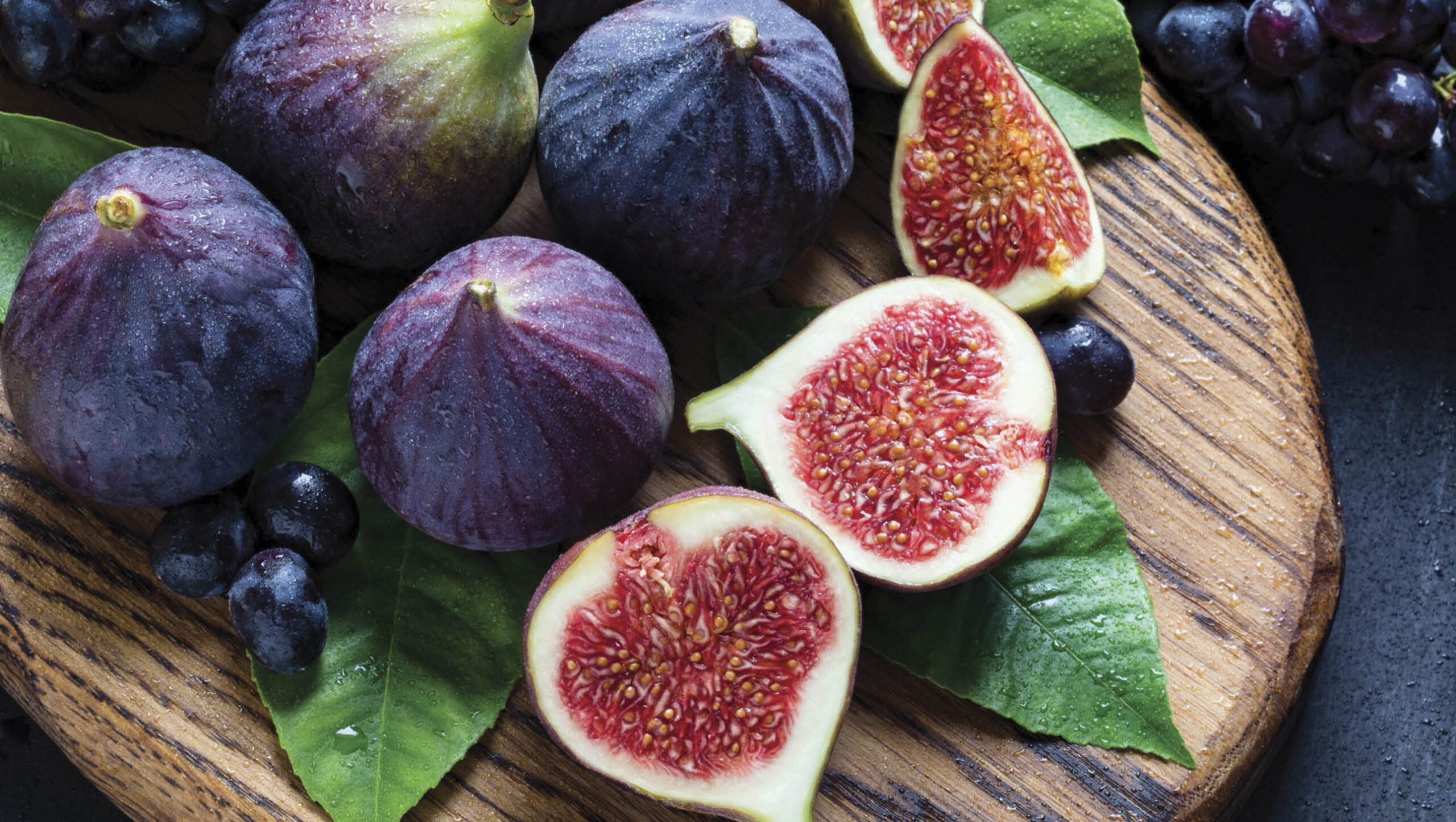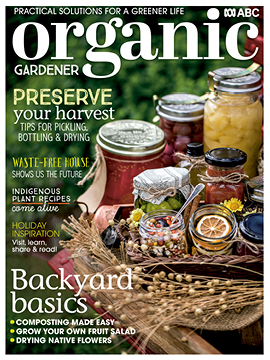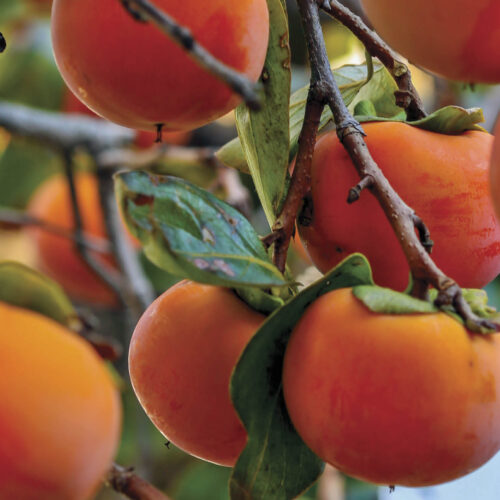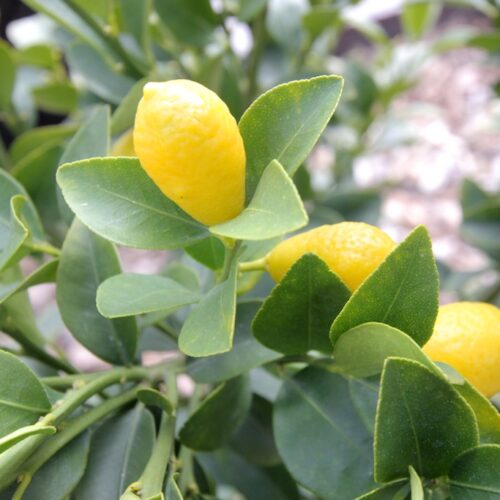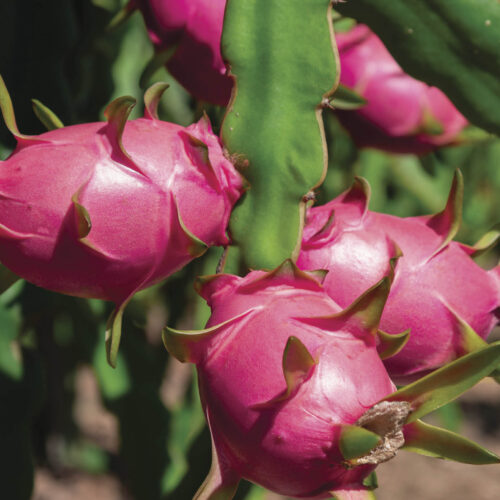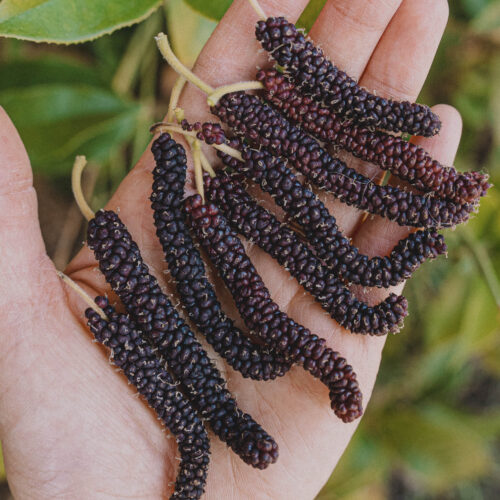Grow your own fruit salad
2022-12-14T04:08:36+11:00
Having your own fruit harvest means you have access to fresh produce at its peak flavour and juiciness. Jian Liu has many favourites – here's two you might want to grow yourself.
The beauty of growing your own fruit is that without the transport and food miles, you can harvest fruit at its peak – soft, juicy and sun-ripened, with maximum flavour and nutrition. Here’s two of my favourites:
Figs
Figs (main image) originate from the Mediterranean and are a classic backyard tree in Australia, being extremely long-lived and hardy. Figs taste sweeter the longer they are ripened on the tree; the best ones have a jelly-like flesh and melt in your mouth. They do not transport well, and the supermarket imposters are no comparison to the flavour and experience of a homegrown fig. Our favourites are ‘Excel’, a green fig with golden flesh that tastes of honey, and the purple ‘Black Genoa’, which is rich, fudgy and sweet. Fig trees drop their leaves in winter, and once established can tolerate frosts.
Planting and care Figs are tough, drought-tolerant trees with virtually no disease when grown in a hot and dry climate. Plant in a location with full-sun and well-drained soil. Figs grow easily from cuttings and will fruit in their first or second year. They will need netting as birds and bats enjoy the fruit as much as we do.
In the kitchen Figs are delicious eaten fresh, skin and all, and pair well with nuts and cheese. They are also a treat roasted with honey, baked into a fig tart or made into a jam. When dehydrated, figs make a convenient addition to cereals and cakes.
Passionfruit
Passionfruits are one of the great luxuries of summer. Expensive to buy but easy to grow in warmer climates – you’ll be swimming in them once established. Your standard purple passionfruit varieties are best suited to warm to hot climates with only mild or no frosts. In cooler areas, you’ll want to grow a cold-tolerant variety such as the unusual and vigorous ‘Banana’ passionfruit, which can be weedy in hotter areas. Our favourite variety is ‘Panama Gold’, which has the sweetest pulp with a custardy texture. Passionfruits are quick bearers and will fruit in their first or second year.
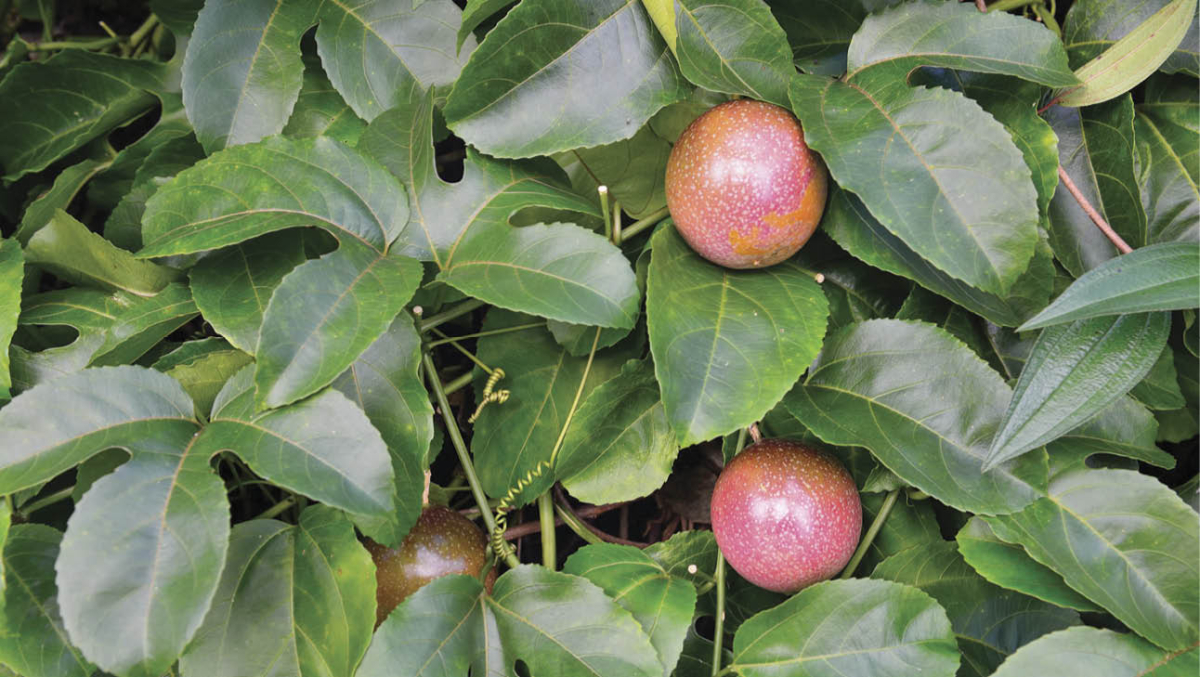
Planting and care Plant seedlings and grafted plants in spring or summer and choose the sunniest spot in your garden. Being climbing vines, they will need a trellis, arbour or fence along which to sprawl. Plants can be fussy when young, and will need regular watering and protection from frost until established. They love an extremely rich soil with abundant compost and well-rotted manure. Feed regularly with fertiliser when fruiting.
In the kitchen Passionfruits are delicious scooped straight out of the skin, used on top of yoghurt and cakes, or as a dressing to bring together a fruit salad. If you have more fruit than you can consume, simply scoop out the pulp and freeze to enjoy year-round.
Discover more of Jian Liu’s favourite summer fruits in our Summer 2022 issue (OG 138). There’s a selection of back issues available here — you can also subscribe and get the most recent issues delivered to your door!

